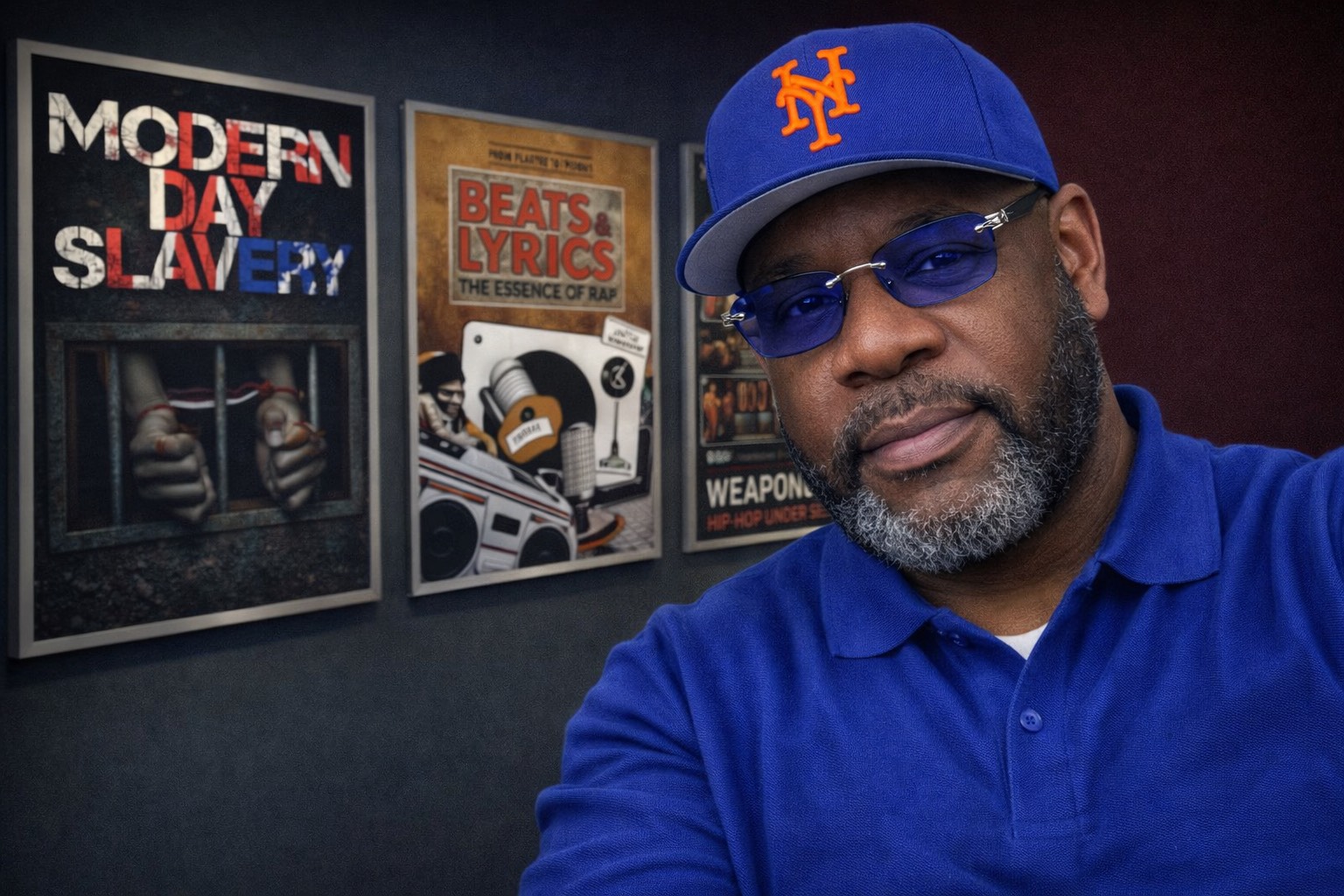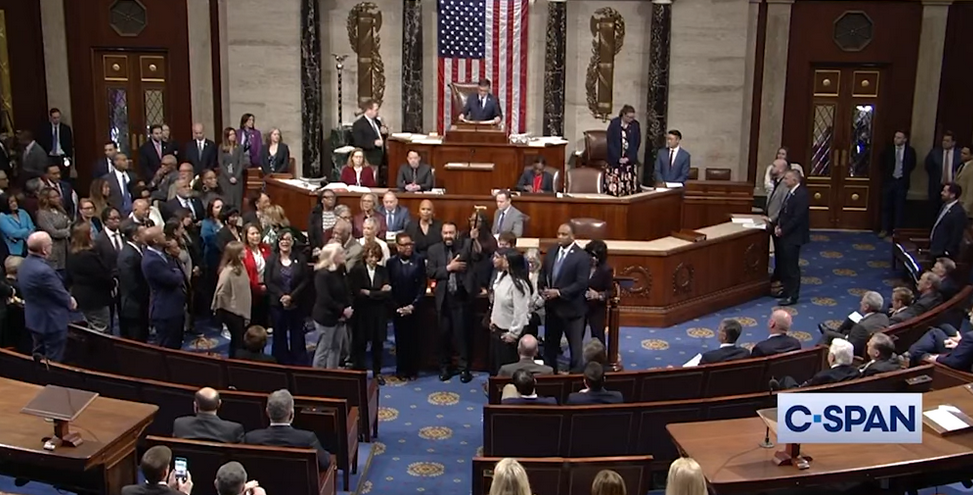What does this year’s selection say about the Oscars?
This is what Robert Redford, actor, director, and co-founder of Sundance Film Festival has had to say about diversity and it’s importance:
“Diversity is basically a description of independence. Diversity is what moves the ball for me, and I thought ‘give people a chance that have different points of view. Let the audience decide whether they like it or not. But give those voices a chance to be seen and heard.”
Hosted by the Academy of Motion Picture Arts and Sciences, the 87th annual Academy Awards ceremony – better known as the Oscars – this year will either best be remembered for the uproar incited by this year’s homogenous nominations, or as a seminal moment for change in the Academy’s long, non-inclusive history.
For the first time since 1998, the stage has been set for our nation to celebrate its least diverse Oscars. In a year that saw Oscar-worthy turns from several actors of color, none were nominated in the acting categories, with all 20 acting nominations going to White actors. But the story doesn’t end there. Not a single woman stood among the five directors and 14 screenwriters nominated in those categories.
In a nation where nearly 51 percent of the population is female, how can formidable directors like Ava DuVernay for “Selma” and Angelina Jolie for “Unbroken” find themselves on the cutting room floor of the nomination selection? In a nation where, according to a 2014 Pew Research Center survey, “Some 43% of Millennial adults are non-white, the highest share of any generation,” how does the Academy’s nominees not reflect Hollywood’s audience base or the nation in which we live?
In response to the outcry surrounding this year’s Oscar nominations, Cheryl Boone Isaacs, the first African American and third female president of the Academy, spoke to the Associated Press and pointed to progress in the Academy’s efforts to reflect our nation’s diverse, movie-going audience.
“In the last two years, we’ve made greater strides than we ever have in the past toward becoming a more diverse and inclusive organization through admitting new members and more inclusive classes of members,” she said, adding, “I would love to see and look forward to see a greater cultural diversity among all our nominees in all of our categories.”
I share her vision, but the question remains of when those words will be put into a plan of action – and championed by the broader industry.
A much-cited 2012 survey of the Academy by the Los Angeles Times demonstrates the crux of the problem. According to the survey, the estimated 7,000 Academy members are 94 percent White, 77 percent male and have a median age of 62 – hardly a representative reflection of the nation.
While my role is not to question the film credentials of the Academy’s members, I do question the ability of such a homogenous body to reflect the perspectives, lives, and stories of a diverse pool of moviemakers – and moviegoers. I would also question the ability of the Academy to monitor itself and become a more inclusive body without the pressure of public scrutiny and advocacy.
Here are a few things to note about Academy membership: membership is “limited to film artists working in the production of theatrically-released motion pictures…The Academy’s membership process is by sponsorship, not application. Candidates must be sponsored by two Academy members from the branch to which the candidate seeks admission. Additionally, Academy Award nominees are automatically considered for membership and do not require sponsors…The Board decides which individuals will receive invitations.”
The Academy’s membership requirements are both an indictment and call to action. When women and minorities are snubbed at the Oscars, it means much more than wounded gender or ethnic pride. It means that we, as a nation, have lost an opportunity to reflect our unique diversity via a medium that touches so many of our lives. It means we have lost another seat at the proverbial Oscar table.
This is about more than awards deferred; it is about dreams deferred. It is about the lack of racial and gender diversity we find both behind the screen and in front of it. It is about the inevitable way the Academy’s membership roll directly influences who gets nominated and who wins.
What it is not about is an unfair advantage, but instead, a fair chance to have the work of a wider swath of our filmmakers, casts and crews considered. That must begin with a significant change in the composition of the Academy.
I would be remiss not to acknowledge the strides the Academy has begun to make to address its diversity issues. Hiring Boone Isaacs as its president was an important step on the road to diversifying, and her decision to remove a cap on the number of Academy members and push for Academy members to invite a more diverse pool of people to apply are the first of many important steps that must be taken on the journey towards inclusion. But more must be done.
Progress rarely comes as a result of being passive. I urge you to join me in efforts to ensure more inclusion in Hollywood so that we can look back on the 2015 Oscars as the catalyst that spurred action for much-needed industry reform.
Marc H. Morial is President and CEO
National Urban League






